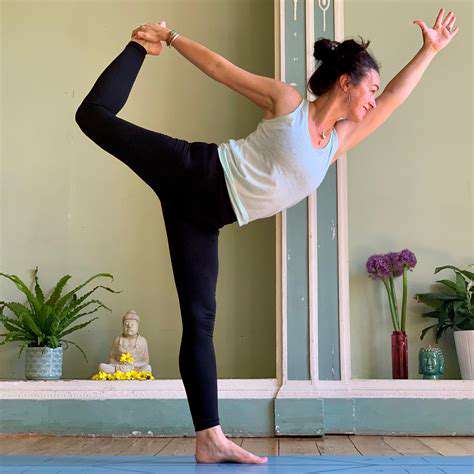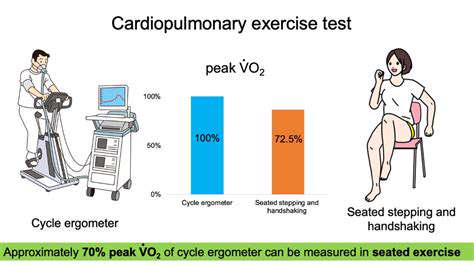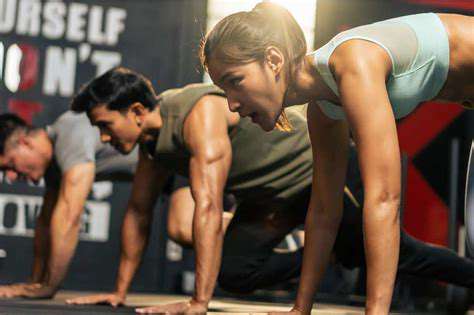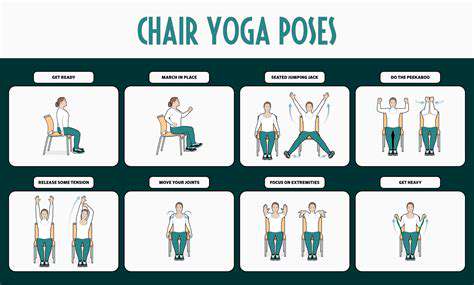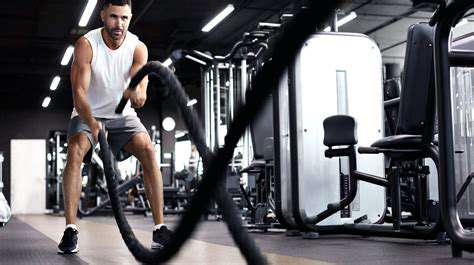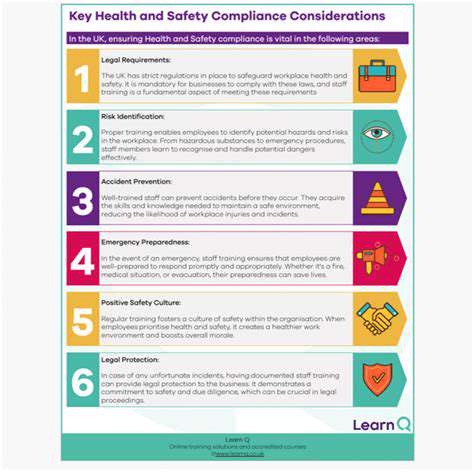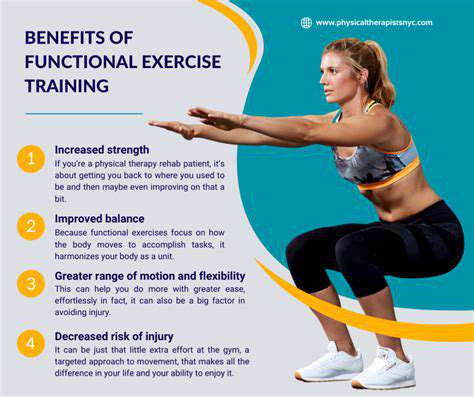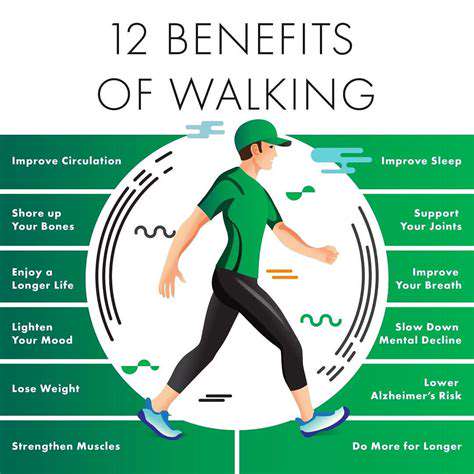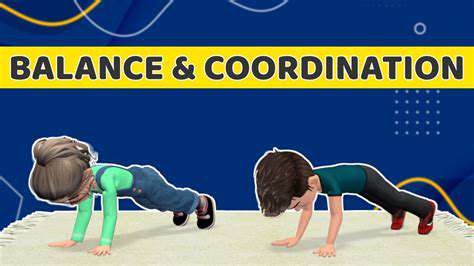Simple Exercises to Improve Balance in Older Adults
Preserving balance goes beyond fall prevention—it's about safeguarding independence and enriching golden years. Our bodies naturally experience shifts that affect stability as we age, including muscle loss, bone density changes, and sensory alterations. Proactive measures like targeted movements and lifestyle tweaks can dramatically lower fall risks while boosting vitality, helping seniors stay socially connected and physically capable longer.
Balance matters more than injury avoidance. A steady foundation fosters confidence—the kind that transforms daily living. Whether moving through familiar spaces or attending community gatherings, this assurance lets older adults reclaim autonomy. That psychological shift from apprehension to self-assurance might be balance's greatest gift.
Simple Exercises to Enhance Balance
Daily movement rituals work wonders for senior stability. Consistent practice strengthens crucial muscle groups, sharpens coordination, and heightens spatial awareness (how your body interprets its position). Effective low-impact options include:
- Single-leg stands near a sturdy support
- Tandem walking (heel-to-toe pattern)
- Controlled chair rises
These adaptable movements can be customized for any ability level. Partnering with a physical therapist ensures exercises match personal capabilities while addressing specific challenges.
Regular activity forms the cornerstone of balance maintenance. Walking routines, aquatic exercises, or mindful stretching all contribute to better stability. The magic lies in progression—begin modestly, then gradually extend duration and difficulty. This measured approach prevents strain while allowing the body to adapt.
Environmental factors demand equal attention. Removing household hazards like unstable rugs or dim lighting creates safer spaces. Strategic home modifications significantly reduce tumble risks.
Posture and weight management complete the balance equation. Proper alignment distributes weight optimally across joints and muscles, while healthy body weight minimizes stress on the musculoskeletal system.
Through these combined strategies, older adults can actively enhance equilibrium, minimize fall risks, and sustain vibrant, self-directed living.
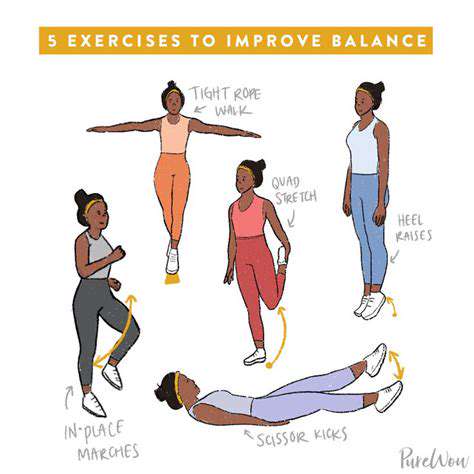
Standing Exercises to Enhance Balance
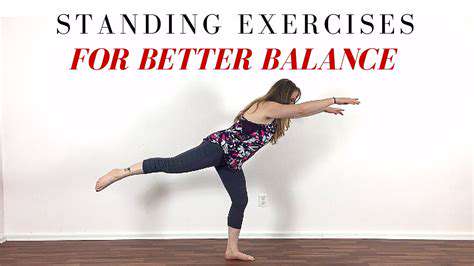
Standing Exercises for Enhanced Balance
Balance improvement becomes increasingly vital with age. Properly executed standing routines can revolutionize stability while decreasing fall likelihood. These movements specifically engage the muscle groups governing equilibrium, fostering both physical steadiness and emotional confidence.
Heel-to-Toe Walking
This foundational drill fortifies lower limb muscles while enhancing proprioception (your body's internal GPS). Execute by placing one foot directly in front of the other—heel meeting toe—like walking a tightrope. Postural alignment proves critical; imagine a string pulling your crown upward as you move. Complete several passes in each direction, using walls for support if needed.
Single-Leg Stand
This isolation exercise builds unilateral stability. Begin with feet parallel, then lift one leg slightly while engaging core muscles. Start with brief holds (5-10 seconds), progressively increasing duration. For many seniors, mastering this exercise marks a turning point in fall prevention.
Standing Knee Raises
Beyond balance benefits, this movement strengthens hip flexors crucial for stair climbing. Lift knees alternately toward chest height without compromising posture. The abdominal engagement required makes this a dual-purpose core and balance workout.
Side-to-Side Leg Swings
These dynamic motions improve lateral stability—often neglected in daily movement. With controlled swings outward, this exercise enhances flexibility while training the body to recover from off-center positions. Many falls occur during sideways movements, making this practice particularly valuable.
Clock Reach Exercise
This spatial awareness drill mimics real-life reaching motions. Visualize a clock face around you, then extend toward various times while maintaining posture. The combination of movement and stability training mirrors actual daily challenges.
Balancing on a Wobble Cushion
This advanced option activates deeper stabilizing muscles. The unstable surface forces constant micro-adjustments, training reflexive responses. Such proprioceptive training can mean the difference between catching yourself or falling during unexpected slips.
Incorporating Balance Exercises into Daily Life
Understanding the Importance of Balance
Balance underpins virtually every physical activity, from mundane tasks to complex movements. Diminished stability doesn't just increase fall risk—it can trigger activity avoidance, creating a dangerous cycle of declining mobility. Recognizing balance's foundational role allows for smarter exercise integration.
The consequences of poor equilibrium extend beyond physical harm. Fear of falling can lead to social withdrawal and depression. Proactive balance training serves as both physical and psychological armor.
Simple Exercises for Improved Balance
Seamless integration makes consistency achievable. Try these everyday opportunities:
- Single-leg stands during toothbrushing
- Heel-toe walking down hallways
- Seated marches during TV commercials
The compounding effect of brief, frequent practice often surpasses occasional longer sessions.
Incorporating Balance Exercises into Your Daily Routine
Transform idle moments into training opportunities. Waiting for coffee? Practice weight shifts. Reading? Try seated leg extensions. This exercise snacking approach builds habits without requiring dedicated workout time.
Progression and Adaptation
Advance exercises thoughtfully. Once comfortable with basic movements, introduce challenges:
- Reduce hand support gradually
- Try exercises on varied surfaces (carpet vs. hardwood)
- Incorporate head turns to simulate real-world distractions
This graduated approach prevents plateaus while minimizing injury risk.
Safety Considerations and Precautions
Always prioritize security:
- Position near stable surfaces
- Wear supportive, non-slip footwear
- Consider balance aids like walking poles initially
For those with medical conditions or severe balance deficits, supervised training often yields safest, most effective results.
